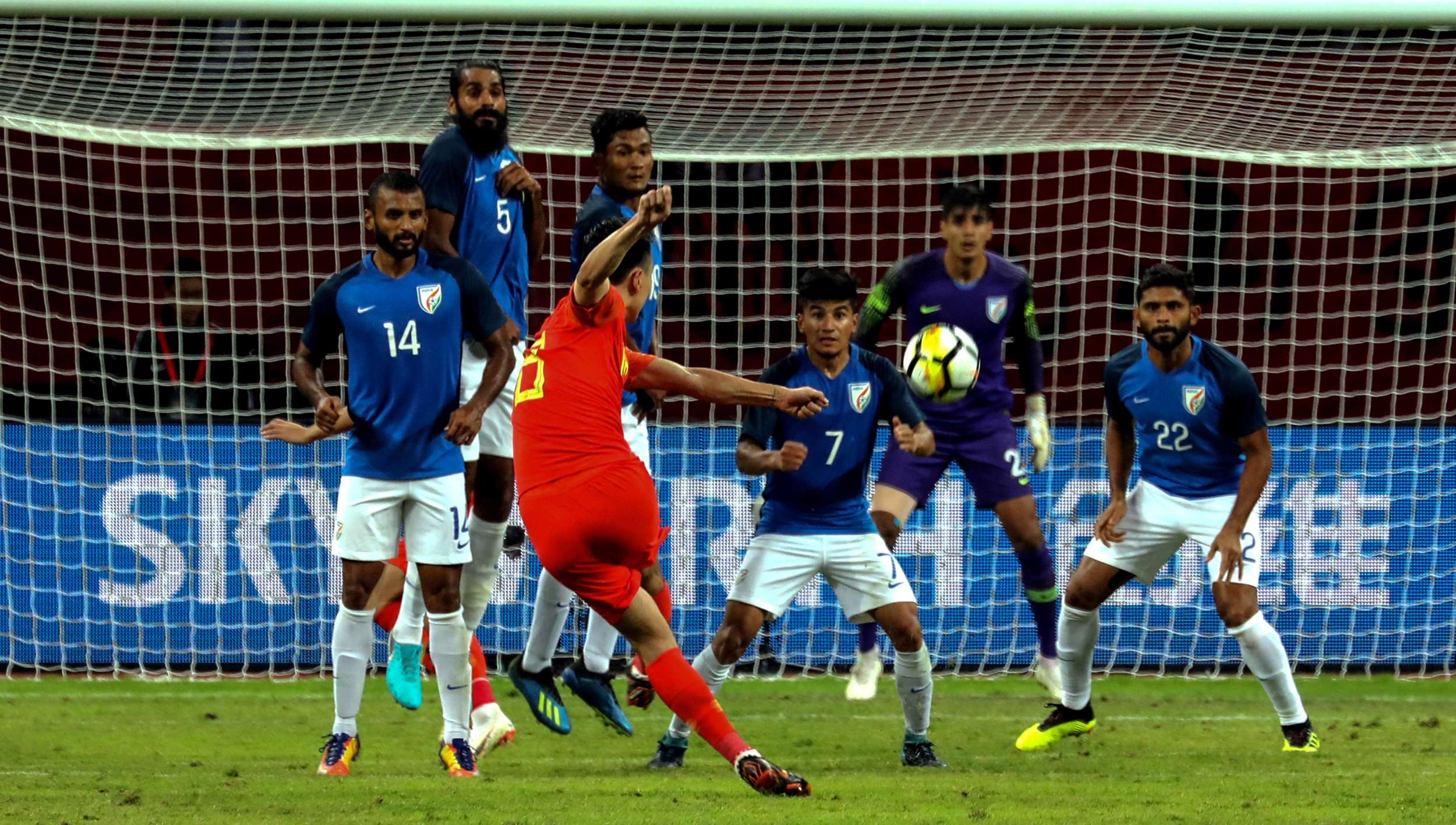The Asian Cup is underway this weekend and some of the best teams in Asia will battle it out for the ultimate honour. Four of these teams tested themselves against some of the best in the world, last summer in the World Cup.
Australia narrowly lost to eventual champions France and Japan were minutes away from eliminating semi-finalists Belgium. South Korea shocked defending champions Germany and eliminated them in the Group Stage. It was the first time that an Asian team defeated a defending world champion. Saudi Arabia’s World Cup campaign was underwhelming but they still did better than most Asian countries by just qualifying.
Then there are a few teams that failed to qualify but were really close to realising their dream – Syria, for instance. These are the teams India will have to compete against as part of their 2022 World Cup qualification campaign.
To compete at that level, India must bring about improvement in quite a few areas. To start with, the scouting and recruitment system has to churn out physically gifted players in almost all positions.
India has already started shifting their priorities and are looking for talented players with good physique which is vital for any team to compete on a global stage. And with good reason.
While technique and game sense is certainly important, physicality must be taken into consideration while forming the squad.
In order to change the playing style of a team and see a more attacking and technical side, you need players with world-class ability on the ball. Such players are not produced overnight. It takes a generational change to produce a team that can challenge on the ball. It takes a lot of concerted effort to groom players who are excellent technically and won't be physically dominated.
There are exceptions to this theory where players like Lionel Messi and Xavi are highlighted. But can a team like India generate players of that quality? Can India's best technical player compare to average players from other strong Asian teams? This was seen agianst China, where India struggled on the ball.
Which is exactly why India should focus on having a physical squad.
There is a saying that goes it is hard to teach new tricks to an old dog. It is hard to develop the physique of a player who is good on the ball and it is even harder to teach a physical player how to be technically better. You cannot teach a 25-year-old player how to keep the ball well because technical skills are mostly developed at a very young age. You can improve on that a bit through training now, but not much.
Which is why the scouting process for most teams are looking to find gifted players who are also physically good.

Most of the teams who have been doing well in Asia have all adopted this strategy. Iran, Australia, Syria, Saudi Arabia and surprisingly even South Korea – can boast of taller players than India. The average height of the Indian squad is around 1.81 metres, which is skewed by the three goalkeepers who stand at 1.86. 1.88 and 1.90 metres.
Iran have the tallest squad in the tournament and it was no surprise to see them go toe-to-toe with teams like Portugal and Spain in the World Cup. South Korea, who were a diminutive team a decade or so back, are now one of the tallest squads. They changed their strategy and players like Heung-Min Son, both technically and physically superior, have cropped up.
Of course physicality should not be given the preference always. An exception could made for only one or two positions. Rest of the team should be physically competitive. If you are looking at two players of similar technical quality, you should pick one with a better physique.
When players are at a similar level technically, football becomes a game of survival of the fittest and this is where India should look to improve. If technically better countries like South Korea, Saudi Arabia and Iran are doing it, what is our problem in doing so?




